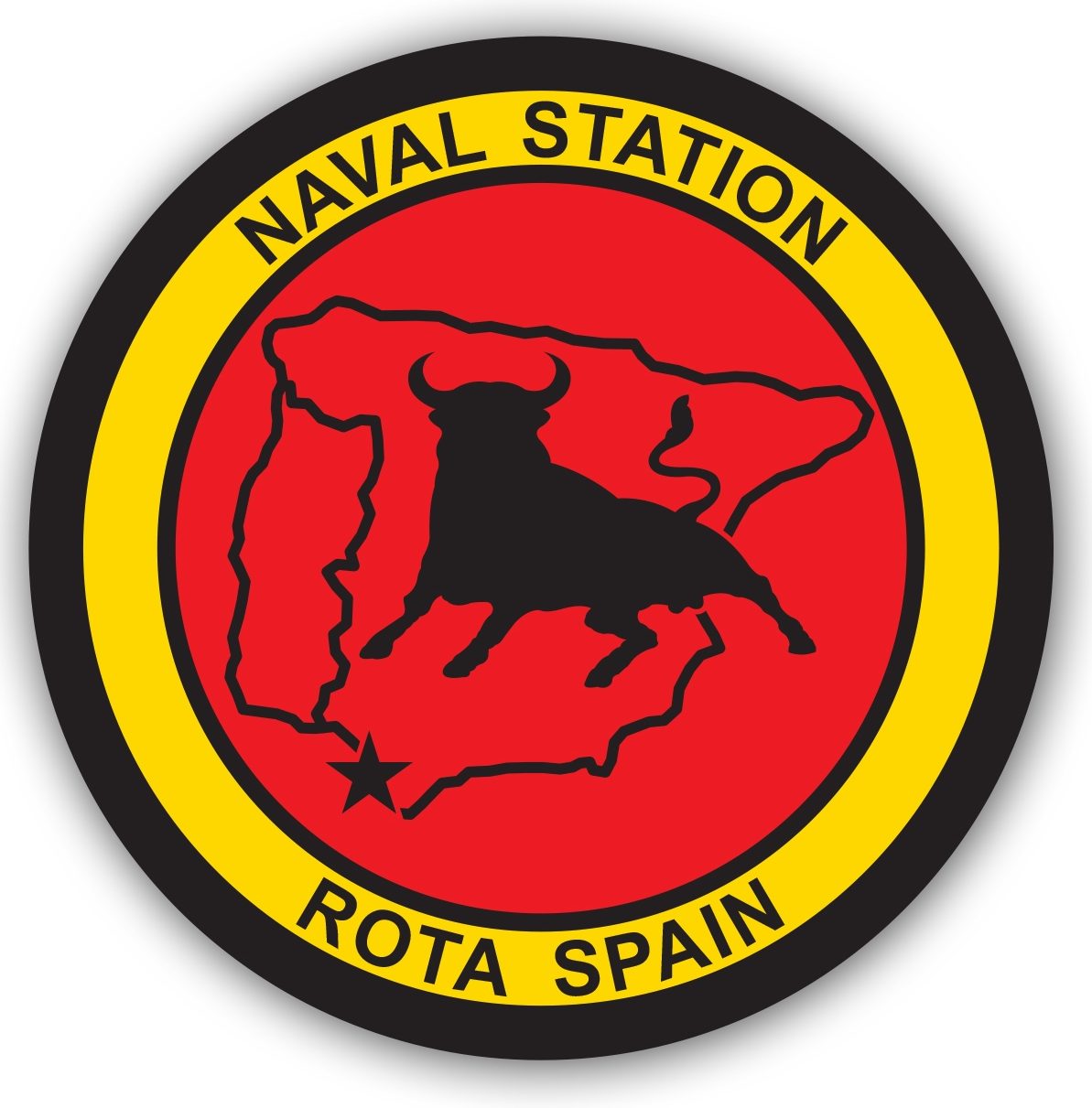The agreement between the U.S. and Kingdom of Spain to establish a U.S. naval facility on the Bay of Cadiz was signed on Sept. 26, 1953. Since then, the development of Naval Station Rota has been a gradual and well planned process. The Naval Station runway opened on Oct. 4, 1956, and the base was named Naval Air Station Rota until 1957, when the base became Naval Station Rota. The port facility was officially opened April 14, 1958 and three days later, the first ship anchored in port.
In 1964, Submarine Squadron 16 was transferred to Rota, comprised of four ballistic missile submarines and accompanied by a succession of submarine tenders, including the USS Proteus (AS 19), USS Canopus (AS 34), USS Holland (AS 32) and USS Simon Lake (AS 33). Additionally, a Tactical Support Center was established at Rota in 1966, which brought a Communications Security Group and several squadrons of patrol and reconnaissance aircraft. By 1969, Naval Hospital Rota was delivering an average of 40 babies each month and the base population swelled to more than 12,000 U.S. active duty and family members.
The base population reached peak of approximately 15,000 U.S. personnel in 1973, with the addition of a fleet logistics squadron and various transiting patrol squadrons. Visiting carrier battle groups were a common sight in the Naval Station’s port. Following the 1975 re-negotiation of the treaty between the U.S. and Spain, Submarine Squadron 16 relocated to Kings Bay, Georgia in 1979.
The 1980s saw an increased Seabee presence in Rota, as improvements at Camp Mitchell allowed accommodations for hundreds more Seabees at the base on rotational deployments. U.S. Air Force presence began to grow in Rota, as C-5 and C-141 aircraft layovers became more frequent. Despite the increased activity, by 1989, the base population dipped to about 10,000 U.S. personnel among 42 tenant commands at Naval Station Rota.
The Naval Station provided key support during the first Gulf War, supporting 3,600 aircraft and 186 ship visits during Operation Desert Storm in 1991. Following the war, operations slowed throughout the decade as several tenant commands relocated or were disestablished. By 1999, the U.S. population at the base was just over 6,000 people among 33 commands.
Following the terrorist attacks of Sept. 11, 2001, Rota saw a surge of aircraft and ships supporting Operations Enduring Freedom and Operation Iraqi Freedom, supporting 8,700 aircraft operations and 206 ship visits in 2003. In 2005, as part of a larger Naval Forces Europe transformation, Fleet Air Reconnaissance Squadron 2 (VQ 2) and the Aircraft Intermediate Maintenance Detachment relocated, and Naval Security Group Activity Rota disestablished, taking the U.S. population to 4,577 among 18 commands.
Today, Naval Station Rota provides outstanding operational logistics support to forces of the U.S. Transportation Command; U.S. European Command; U.S. Africa Command; Commander, Naval Forces Europe-Africa and Commander, U.S. 6th Fleet. It is home to 46 tenant/affiliated commands, 8,368 service members, dependents, DoD civilians, contractors and Spanish Local National employees. In 2014-15, Naval Station Rota became the homeport to four Forward-Deployed Naval Force Arleigh Burke-class destroyers; USS Donald Cook (DDG 75), USS Ross (DDG 71), USS Porter (DDG 78) and USS Carney (DDG 64). Rota’s full contribution to Fleet, Family and Warfighter is immeasurable.

